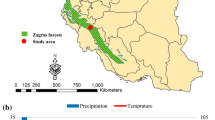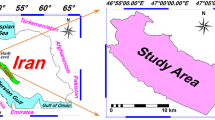Abstract.
Remote sensing is the only feasible means of mapping and monitoring land cover at regional to global scales. Unfortunately the maps are generally derived through the use of a conventional 'hard' classification algorithm and depict classes separated by sharp boundaries. Such approaches and representations are often inappropriate particularly when the land cover being represented may be considered to be fuzzy. The definition of boundaries between classes can therefore be difficult from remotely sensed data, particularly for continuous land cover classes which are separated by a fuzzy boundary which may also vary spatially in time. In this paper a neural network was used to derive fuzzy classifications of land cover along a transect crossing the transition from moist semi-deciduous forest to savanna in West Africa in February and December 1990. The fuzzy classifications revealed both sharp and gradual boundaries between classes located along the transect. In particular, the fuzzy classifications enabled the definition of important boundary properties, such as width and temporal displacement.
Similar content being viewed by others
Author information
Authors and Affiliations
Rights and permissions
About this article
Cite this article
Foody, G., Boyd, D. Fuzzy mapping of tropical land cover along an environmental gradient from remotely sensed data with an artificial neural network. J Geograph Syst 1, 23–35 (1999). https://doi.org/10.1007/s101090050003
Issue Date:
DOI: https://doi.org/10.1007/s101090050003




